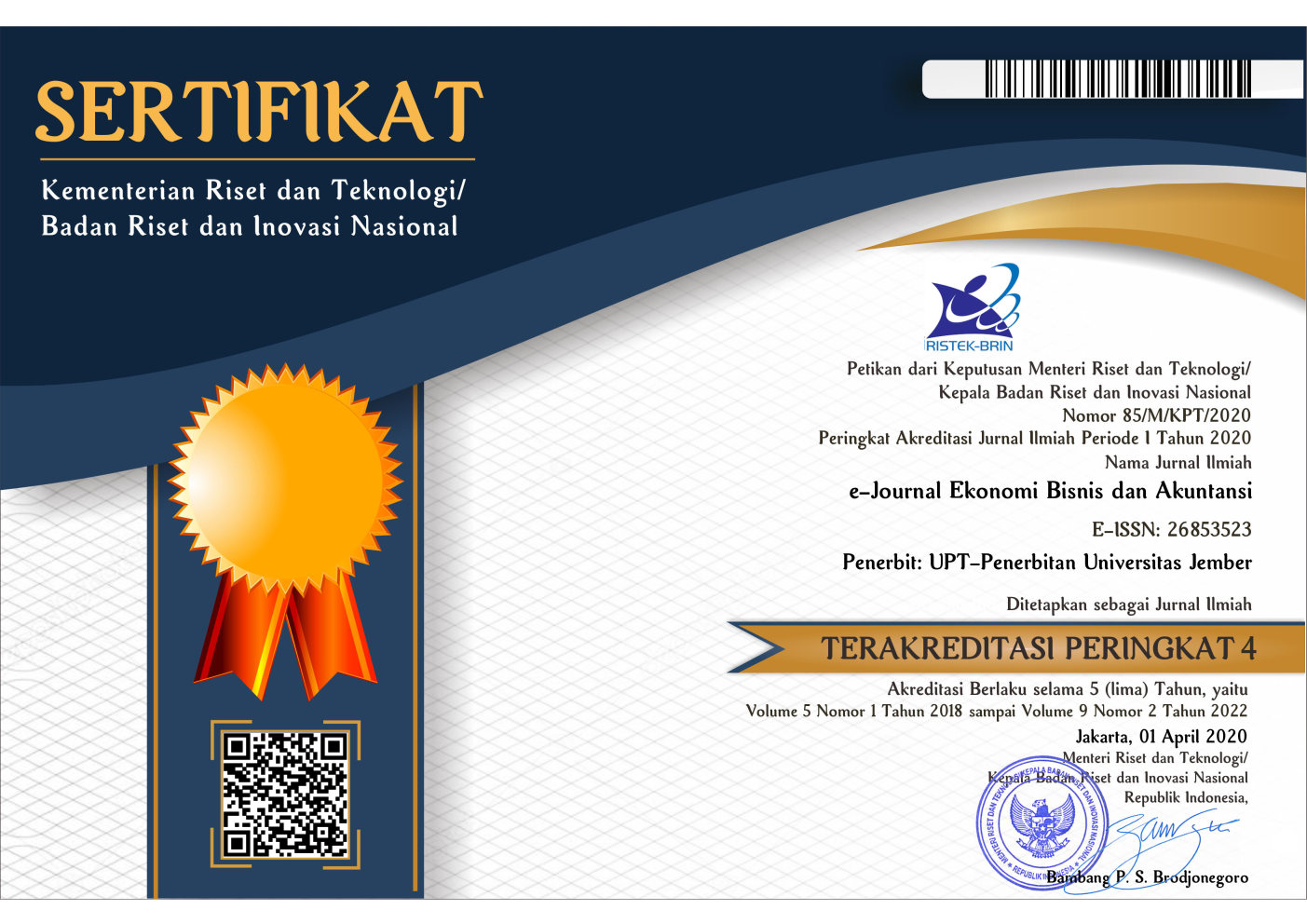Peran Sumber Daya Pada Pertumbuhan Ekonomi Daerah Perbatasan Timor Leste
Abstract
Economic growth is an important indicator of the success of development. The ability of resources is a determining factor driving economic growth. Belu Regency is a regency in East Nusa Tenggara Province, located on the Indonesia-Timor Leste border, has economic and political strategic value. Human resources, natural resources and the budget are the real sector of the economy in driving economic growth. The research objective was to analyze the effect of resources on the economic growth of Belu district. The study was conducted using secondary data and SmartPLS was the analysis tool. The results of the study, the relationship of natural resources directly with welfare is negative and will be positive when the indirect relationship through the budget. The direct and indirect relationship of human resources with welfare through the budget is positive, but the direct value relationship is smaller when compared to the indirect relationship. This shows that the budget that is formed from the wealth of natural resources and human resources is an important factor in creating public welfare as measured through economic growth. Budgets sourced from local and central government are increasing every year. The creation of the government and elements of society make the most of resources. The attention of the central government through balancing funds is very high. This is because Belu district located on the Indonesia-Timor Leste border is a macroeconomic picture of the border country

















